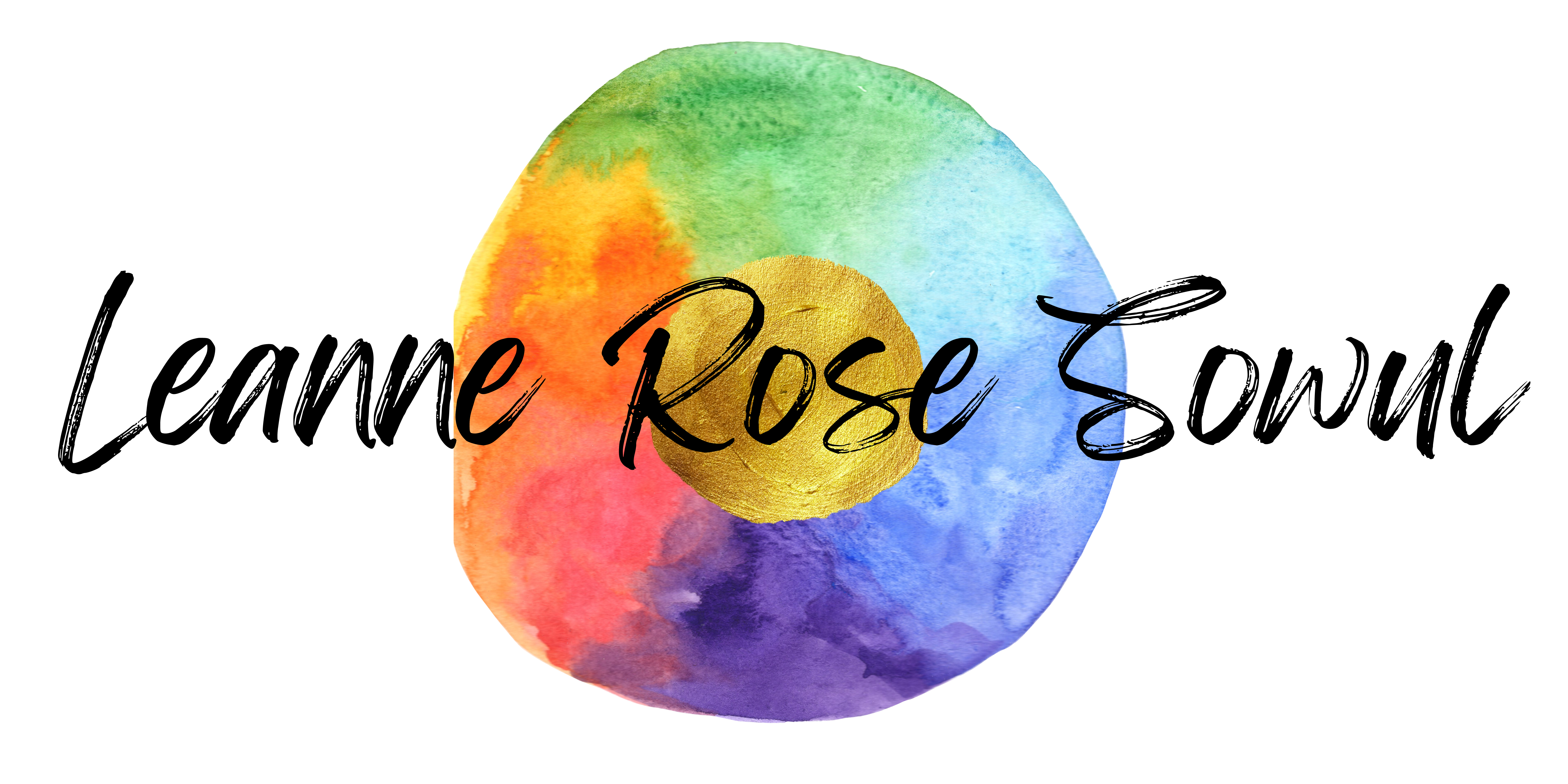Last week was my husband’s and my seventh wedding anniversary; we’ve been a couple for almost 15 years total. A friend of mine asked if we were happily married, and when I said yes, she asked what our secret was. I thought for a few minutes and told her that there were a few. One was that we had learned to communicate with each other, even when it was uncomfortable or embarrassing to do so. Another was that we had built trust in the relationship, so that when something went wrong, we had faith that we could get past it. And the third, that my husband has a great sense of humor, and is good at making me happy.
Upon reflection, I realized that while these are excellent tips for a strong marriage, they’re also excellent tips for a strong relationship between two other entities that are important to me: my characters and my readers.

Let’s break it down, one by one.
- Characters must communicate well with the reader. A reader must be able to get inside a character’s head almost instantly. If the character isn’t communicating his true self on the page, the reader will get frustrated. The character doesn’t have to have to be likable, but she does have to be authentic.
- Characters must create a bond of trust with the reader. The reader should know what to expect from the character. That doesn’t mean the character should never do anything surprising; on the contrary! But the after the surprising thing is done, it should be clear to the reader that there were clues within the character’s personality or backstory that made the surprise plausible; or the surprise itself should reveal a deeper level to the character. The reader must trust that the character will continue to behave as her authentic self, no matter what happens in the story.
- Characters must make the reader happy. There are many different kinds of happiness. A character might make a reader happy because she makes the reader laugh, or because the reader could picture her as real-life friend. But the reader might also be happy if he hates the character, yet delights in how that character makes other characters react. I don’t know anyone who professes to actually like Draco Malfoy or Voldemort, but it makes us happy to watch them provoke Harry Potter into becoming a more adventurous and courageous character.
Can you think of other great relationship advice that also appeals to characters and their readers?


Yes, yes, yes – communication, trust, and happiness (or satisfaction, depending on the word you want to use) are all crucial for the reader-character relationship. I don’t really have anything to add to your list, Leanne. What’s interesting, though, is that when you boil down your three points, authenticity is the key each time. So, the trick is to create characters who aren’t afraid to be themselves (in either their lighter, darker, or gray areas) with the reader. And that’s a key to communicating and building trust in real life, too. 🙂
I noticed that too, Sara! Authenticity is the key to all. Of course, that would have made it a much shorter blog post 🙂